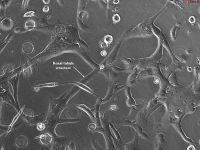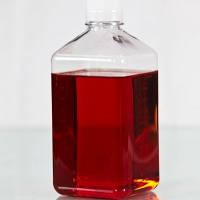Biological reactive intermediates can be created via metabolism of xenobiotics during the process of chemical elimination. They can also be formed as by-products of cellular metabolism, which produces reactive oxygen and nitrogen species. These reactive intermediates tend to be electrophilic in nature, which enables them to interact with tissue macromolecules, disrupting cellular signaling processes and often producing acute and chronic toxicities. Quinones are a well-known class of electrophilic species. Many natural products contain quinones as active constituents, and the quinone moiety exists in a number of chemotherapeutic agents. Quinones are also frequently formed as electrophilic metabolites from a variety of xeno- and endobiotics. Hydroquinone (HQ) is present in the environment from various sources, and it is also a known metabolite of benzene. HQ is converted in the body to 1,4-benzoquinone, which subsequently gives rise to hematotoxic and nephrotoxic quinone–thioether metabolites. The toxicity of these metabolites is dependent upon their ability to arylate proteins and to produce oxidative stress. Protein tertiary structure and protein amino acid sequence combine to determine which proteins are targets of these electrophilic quinone–thioether metabolites. We have used cytochrome c and model peptides to view adduction profiles of quinone–thioether metabolites, and have determined by MALDI-TOF analysis that these electrophiles target specific residues within these model systems.




![Di-[3-((R)-2,2-Dihydroxy-1,1-Binapthylmethyl)]Ether, Lanthanum(Iii) Salt, Tetrahydrofuran Adduct, Sct-(R)-Binol;321837-08-5;95%;Y64259-250mg](https://img1.dxycdn.com/p/s14/2025/1027/131/2990871289947862891.jpg!wh200)

